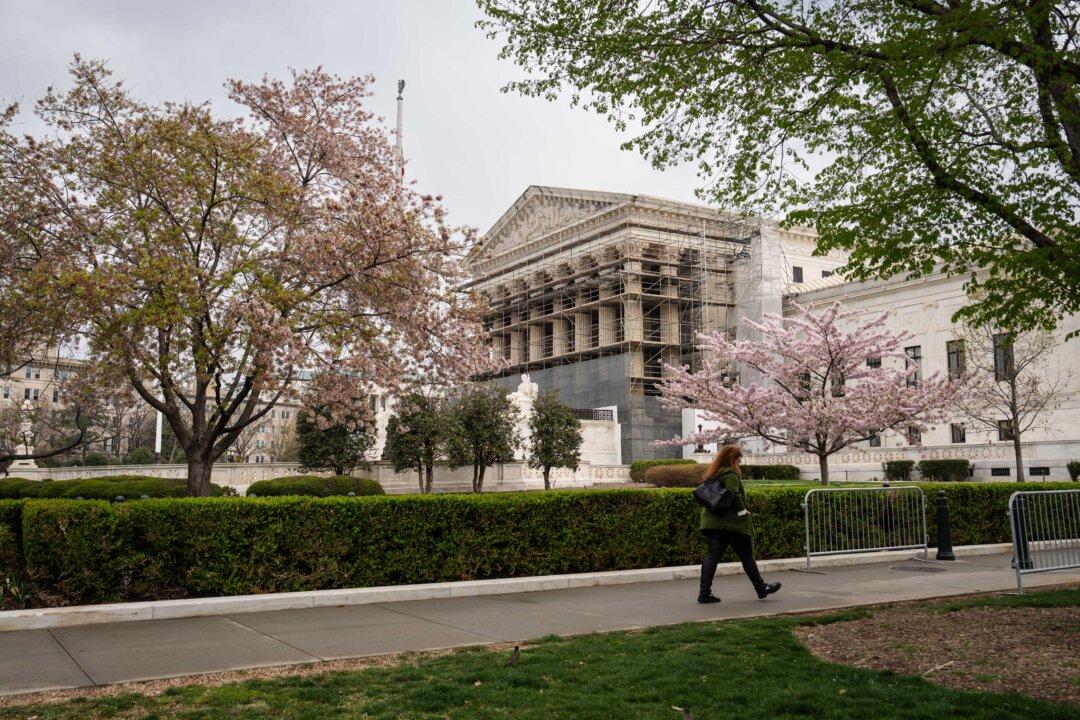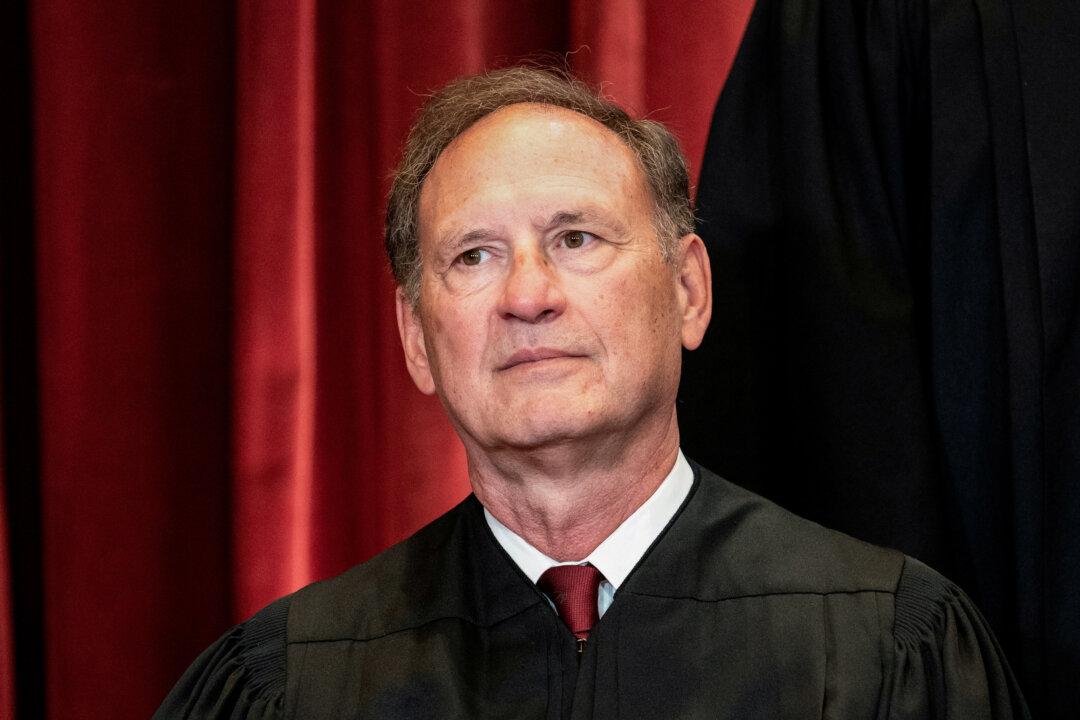The unique problems posed by voting-by-mail are being blamed for election fraud in New Jersey and for a now-three-week delay in counting ballots for New York City’s primary elections, with many races yet to be decided.
These difficulties may foreshadow larger problems to come in the November presidential elections.
Officials can’t keep up.
“In Manhattan in 2016, there were approximately 7,000 presidential primary absentee voters,” ABC News quoted Sarah Steiner, who used to chair the New York City Bar’s Election Law Committee. “And you had Hillary [Clinton] and Bernie [Sanders]. That was a competitive [Democratic Party] primary.”
But in 2020, absentee primary votes in Manhattan increased to more than 121,000.
Problems
Experts say voting-by-mail is fraught with problems. That method of voting gives wrongdoers greater opportunities for fraud, compared to in-person balloting, they say.Christian Adams, president of the Indianapolis-based Public Interest Legal Foundation and a former U.S. Department of Justice civil rights attorney, is wary of mass voting-by-mail.
“Mail ballots are uniquely subject to fraud and undue influence,” Adams previously told The Epoch Times. “Elections should occur in public with election observers from each side watching the process.
“Elections should not be conducted behind closed doors.”
The bipartisan Commission on Federal Election Reform, chaired by former President Jimmy Carter and former Secretary of State James A. Baker III, found in 2005 that “absentee ballots remain the largest source of potential voter fraud” and that “vote-buying schemes are far more difficult to detect when citizens vote by mail.”
Unreliable
University of South Alabama Dean Dr. Alec Yasinsac authored a 2012 research paper, “Did Your Mailed Ballot Count: The Unrecognized Unreliability of Voting by Mail.”“While voting fraud is the most commonly cited problem with vote-by-mail, it is only one aspect of the issues plaguing the integrity of elections nationwide,” Alabama Today reported.
“Yasinsac’s research breaks down some of the most frequent problems. Among them, common procedural errors such as those that contributed to an estimated 4.2% percent of invalid ballots in the Minnesota 2008 elections. Yasinsac describes these as, ‘Common errors include failure to sign, signing in the wrong place, and improper packaging (e.g., husband and wife bundling two absentee ballots in the same envelope).’”
Mail-in voting programs also consistently experience ballots arriving late to elections offices because of postal processing delays, as well as election fraud, lost ballots, and under- or over-counted ballots because of mishandling by election officials, according to the paper.
Yasinsac, a computer science professor, writes in his paper that voting-by-mail, or VBM, “is inherently unreliable.”
“Worse yet, it disenfranchises discernable constituencies that can influence electoral results, causing other than the voter’s choice to determine winners.”
He states it is “fundamentally more difficult to ensure the validity of VBM ballots (one person-one vote) than for those cast in person, both because it is more difficult to strongly authenticate the voter (Voter Authentication) and to bind a ballot to the identified voter (Ballot Attribution).”
Voter privacy can also suffer during the VBM process.
“Well beyond the commonly heard practice of voting for an ill spouse or parent, VBM is inherently susceptible to violations of even this minimal privacy interpretation, since each VBM ballot must be bound to the identity of the voter in order to ensure one person-one vote,” Yasinsac writes.
Advocating for Voting by Mail
But politicians, especially Democrats, are now pushing hard to make universal voting by mail the norm throughout the country. They claim it’s needed to prevent exposing voters to the COVID-19 virus, as could happen when casting ballots in person.Democrats determined to make mail-in balloting the sole means of voting for all Americans in November’s election are attacking electoral integrity laws across the United States in the courts, in an attempt to overturn restrictions on voting-by-mail.
Democrats and other voting-by-mail advocates claim that in the era of the CCP virus, voters shouldn’t have to risk their physical well-being to vote and argue that mail-in voting preserves the health of both the electoral process and the electorate. Democrats are suing in at least 13 states to overturn restrictions on mail-in voting—and more lawsuits are promised.
House Speaker Nancy Pelosi (D-Calif.) told MSNBC on May 20 that voting-by-mail will now be called “voting at home.” Voting in person is “a health issue” in the era of the pandemic, she said.
Republicans say widespread mail-in voting is a terrible idea.
President Donald Trump tweeted on the subject April 8:
States Adopting Mail-in Ballots
Elections systems across the country offer vote-by-mail as an option or mandate it.Colorado, Hawaii, Oregon, Utah, and Washington carry out their elections wholly by mail. Officials send ballots by post to all eligible voters. In California, some counties are allowed to run all-mail elections. As of 2020, more than 50 percent of the state’s voting population live in counties that do it this way. On May 8, California Gov. Gavin Newsom, a Democrat, signed an executive order, which has come under legal challenge, to require each county’s election officials to send vote-by-mail ballots for the November election to all registered voters.
At least 17 states allow specific kinds of elections to be done wholly by mail. In these cases, all registered voters are mailed ballots. In such cases, the voter marks the ballot, inserts it into a “secrecy envelope,” signs an affidavit on the outside portion of the mailing envelope, and sends off the package through the mail or drops it off in person.
Five states—Idaho, Minnesota, Nevada, New Jersey, and New Mexico—allow jurisdictions or units within a jurisdiction to be designated as all-mail based on population figures.
California, Nebraska, and North Dakota allow counties to decide if an election should be carried out entirely by mail.
Critics counter that voting-by-mail imposes costly burdens on those administering it. It increases postage expenses if the jurisdiction pays for return postage. It increases voter errors that are less likely to happen with in-person voting and drags out the reporting of election results. It also increases opportunities for voters to be coerced, deprives citizens of the shared civic experience of voting with neighbors, and disenfranchises voters who lack street addresses and have difficulty receiving mail.





